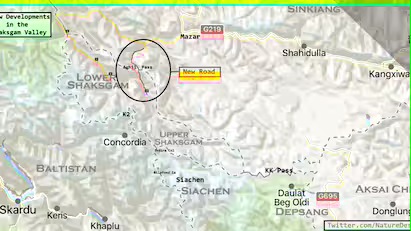JAPAN had to destroy its own rocket in space, the satellite equipped on it had to monitor North Korea!

Japan suffered a major defeat in its space endeavor, being forced to destroy a new medium-lift rocket that was launched into space on Tuesday. This had to be done after the vehicle’s second stage engine failed to ignite.
Space exploration has become more widespread than ever, with Elon Musk leading the way with SpaceX. SpaceX and NASA recently sent four astronauts of the Crew 6 mission to the International Space Station (ISS) aboard the Crew Dragon capsule. The capsule carrying two American astronauts, a Russian cosmonaut and a United Arab Emirates astronaut arrived safely on Friday on a six-month science mission.
Self-destruct signal sent
The Japan Aerospace Exploration Agency (JAXA) said it sent a self-destruct signal to the rocket after an engine failure. The 57-metre (187 ft) tall H3 rocket lifted off from the JAXA Tanegashima Spaceport. An earlier launch of the vehicle was canceled last month.
The H3 was carrying ALOS-3, a disaster management land observation satellite that was also equipped with an experimental infrared sensor designed to detect North Korean ballistic missile launches.
The impact on the shares of the company
The impact of the failed launch had a direct impact on the shares of the company that manufactured the H3. Shares of Mitsubishi Heavy Industries Ltd (MHI) fell 1.8 per cent in morning trade, while the broader Japanese benchmark index was up 0.4 per cent.
The H3 is powered by a new simple, low-cost engine comprised of 3D-printed parts. Its purpose is to install government and commercial satellites in the Earth’s orbit. It can also deliver supplies to the ISS.
Japan is also working in partnership with NASA to help send people to the Moon. The H3 is ultimately meant to transport cargo to the Gateway Lunar Space Station. NASA is working on the station with the aim of returning people to the Moon, including Japanese astronauts.
The cost per launch of the H3 will be half that of its predecessor, the H-II
MHI estimated the cost per launch of the H3 to be half that of its predecessor, the H-II. This will give it a competitive edge in the global launch market which is currently dominated by SpaceX’s reusable Falcon 9 rocket.
A report by the Center for Strategic and International Studies states that the cost of launching Falcon 9 into low Earth orbit is $2,600 per kg. The H-II is now priced at $10,500.






